Bitcoin has finally reclaimed the highly anticipated $100K mark after days of consolidation and lingering negative sentiment. The psychological milestone had been a key resistance level, with many investors and analysts closely monitoring BTC’s price action for clues about its next big move. The recent breakout above $100K signals renewed market optimism, yet the question remains: can Bitcoin maintain its momentum?
Related Reading
Top analyst Carl Runefelt shared a detailed technical analysis on X, highlighting a critical pattern forming in Bitcoin’s 1-hour time frame. According to Runefelt, Bitcoin is currently shaping a symmetrical triangle, a classic chart pattern that typically precedes a significant price movement. The pattern suggests that Bitcoin is coiling for a decisive breakout or breakdown, with the next few days—or even hours—potentially shaping its short-term trajectory.
This pivotal moment for Bitcoin comes as the broader crypto market experiences renewed energy following a sluggish end to the previous year. Investors are optimistic yet cautious, as the technical setup could signal either a continued rally or a temporary setback. With BTC back in six-figure territory, the stage is set for a critical period that could define the first quarter of 2025.
Bitcoin Breaks Above $100K But Faces Risks
Bitcoin has surged to $102,700 with impressive strength, fueling optimism for a highly bullish year ahead. Investors are closely watching the market leader, which continues to show resilience after reclaiming the $100K mark. However, BTC is not without risks; any loss of current levels could result in a significant pullback, potentially shaking confidence in the ongoing rally.
Top analyst Carl Runefelt recently shared a detailed technical analysis on X, highlighting Bitcoin’s formation of a symmetrical triangle on the hourly timeframe. This classic chart pattern often precedes a sharp breakout or breakdown, signaling heightened market activity. Runefelt emphasized that the next move could occur as the price consolidates tightly within the triangle.
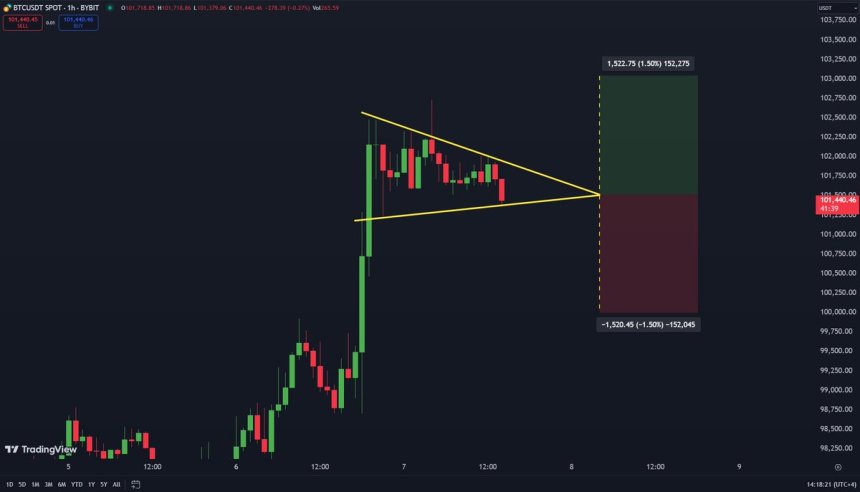
Runefelt outlined key price targets for traders to watch. A close below the $100K mark would act as a bearish signal, potentially invalidating the bullish structure built over recent weeks. Conversely, a breakout above $103K would confirm bullish momentum and set the stage for a continuation of the rally.
Related Reading
The next few days will be critical for Bitcoin as the market remains in a state of indecision. While optimism surrounds the possibility of a sustained bull cycle, the potential for increased volatility underscores the need for caution in this pivotal period.
Testing Fresh Liquidity
Bitcoin is trading at $101,400 after a decisive 4-hour breakout above the critical $100K mark, sparking renewed optimism among investors. This clean breakout has pushed BTC into fresh liquidity above the psychological level of $100K, a sign of strength as the market leader attempts to maintain bullish momentum.
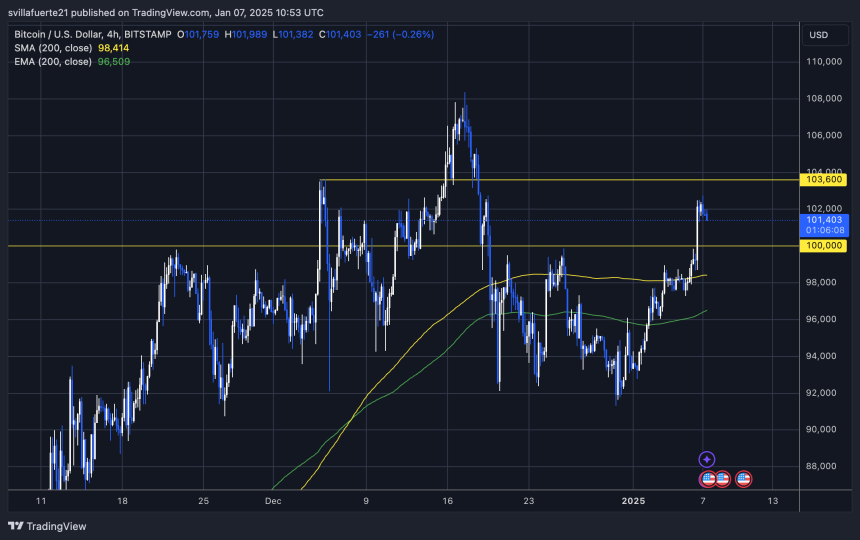
However, the battle is far from over. While Bitcoin’s price action remains promising, bulls need to push the price higher to assert full control. The next major hurdle lies at $103,600, a key resistance level that, if broken, could pave the way for a massive rally. A strong move above this mark would confirm Bitcoin’s bullish structure and likely attract more buyers, driving the price into new all-time highs.
Related Reading
On the flip side, a failure to hold above $100K could result in a consolidation phase. This scenario may keep BTC range-bound, frustrating traders and delaying the bullish breakout investors are eagerly awaiting.
Featured image from Dall-E, chart from TradingView















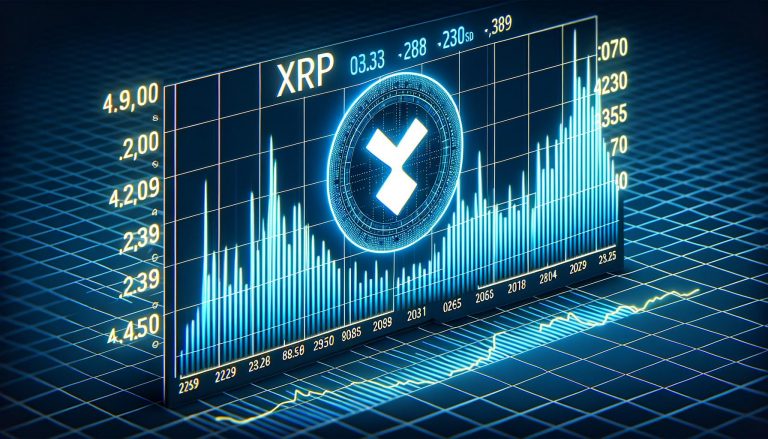

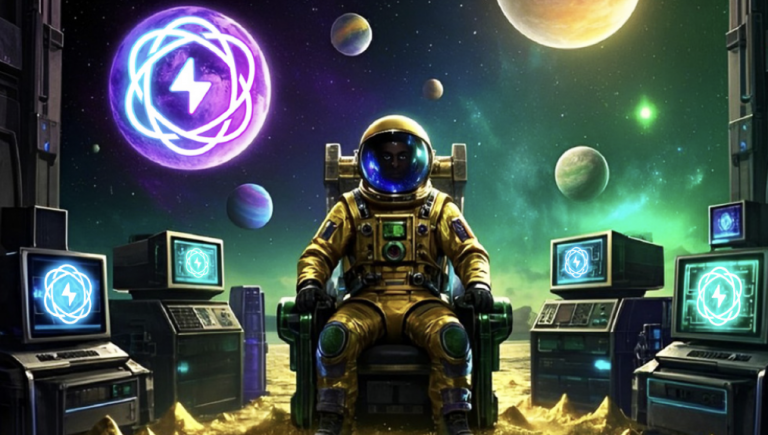





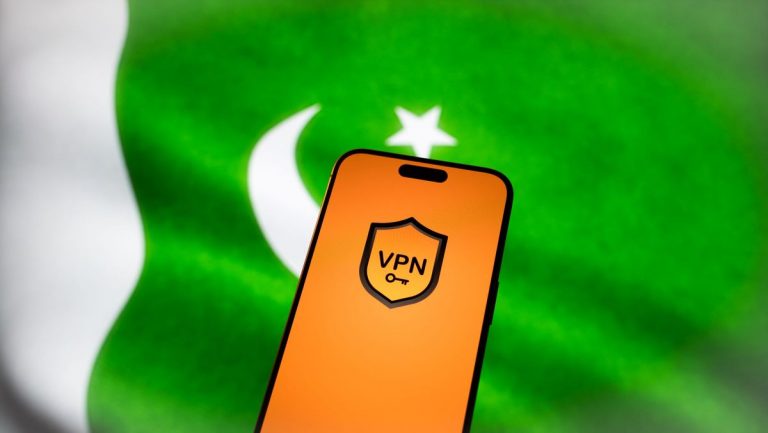
+ There are no comments
Add yours